- Number of high risk patients told to stay at home at all times is likely to increase by 500,000
- One senior GP said system is “still a mess” as secondary and primary care action is not coordinated
The number of patients asked to “shield” themselves from coronavirus is expected to reach two million by the end of the month, with GPs being “overwhelmed with requests”.
The government initially announced in March that the shielding group was likely to cover around 1.5m million. But in an online webinar, national primary care leaders said this is expected to increase by another 500,000.
The NHS has asked those at serious risk from coronavirus to stay in their homes at all times for a twelve-week period. This includes people who have had organ transplants, have certain types of cancers and have severe respiratory disorders such as cystic fibrosis.
Those on the shielded list are eligible for food parcels and deliveries of vital supplies such as drugs, but there has been uncertainty over the responsibilities for carrying this out. HSJ was told by a well-placed senior source the original figure of 1.5m was set to reflect the capacity of the public services to meet the needs of the shielded patients. The Department of Health and Social Care has denied this.
NHS Digital had originally used central data to identify around one million patients. Then trusts and GPs were asked to identify patients who did not fit the exact definition of those that should be shielded, but who needed protection perhaps as result of physical or mental comorbidities. It was initially expected this would return around 500,000 extra names.
However, an updated list from NHS Digital on 18 April showed it had increased to around 1.85 million, and GP and hospital consultants have now been given two weeks to identify the final 150,000 people in need of this extreme help.
Steve Ryder, medical advisor to the British Liver Trust and consultant physician at Nottingham University Hospital Trust, told the webinar event that GPs were “overwhelmed with requests.”
One leader of a primary care network, who asked not to be named, told HSJ: “It still all seems a mess. There has been some confusion as some hospitals have been writing to patients and the GPs don’t know.
“Some patients not on the list are calling GPs because they think they should be, and other patients are calling because they don’t know why they are on the list. It has ended up causing a lot of additional workload.”
Charities have also been fielding increasing calls from people who are not clear about what they should be doing.
Fiona Loud, policy director at Kidney Care UK, said there have been “very mixed messages” over whether people on dialysis should be shielding, and the charity is concerned that people who need protecting haven’t been advised to shield.
She added: “It is still an incomplete process and some people are feeling incredibly left out and distressed by it all.”
It was confirmed today that people on dialysis do need to shield.
People who have had their spleens removed have now been told they should be on the list, after initially being told they did not need to shield themselves.
Georgina Morgan, a trustee for the charity, Pseudomyxoma Survivor, which represents people who have had a rare form of cancer which often results in removal of the spleen, said: “This affects about 45,000 people. Some people have been in conflict with their employers about the risks of going to work so inclusion in this list is a comfort to them.
“But some are now finding the new advice is in conflict with how they are managing their households as they now have to put in new measures for their children or elderly relatives. With the guidance coming so late there is a risk that people just won’t follow it now”.
HSJ has previously reported how 37,000 people in Liverpool, who were identified as needing to shield by the city’s clinical commissioning group, were denied access to national support. There have since been negotiations to address this, with local organisations potentially helping to fill the gap.
A spokeswoman for the DHSC said: “No limit has been set on the number of people who might be required to shield to protect public services.”
.
Source
Primary care webinar, HSJ interviews
Source Date
April 2020
Professor Steve Ryder, medical advisor to the British Liver Trust and consultant physician at Nottingham University Hospital NHS Trust said “it might quicker [for patients who haven’t yet received a letter advising them to shield] if they contact their hospital as GPs are currently overwhelmed with requests.”



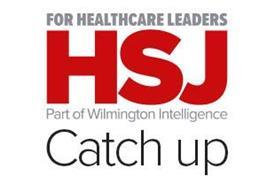
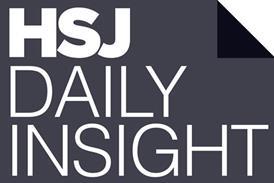
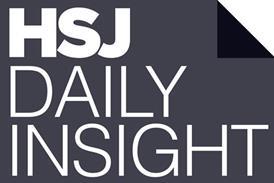

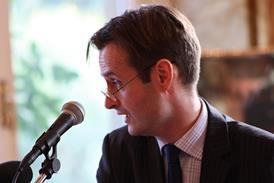



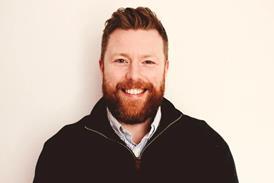

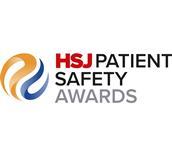













2 Readers' comments